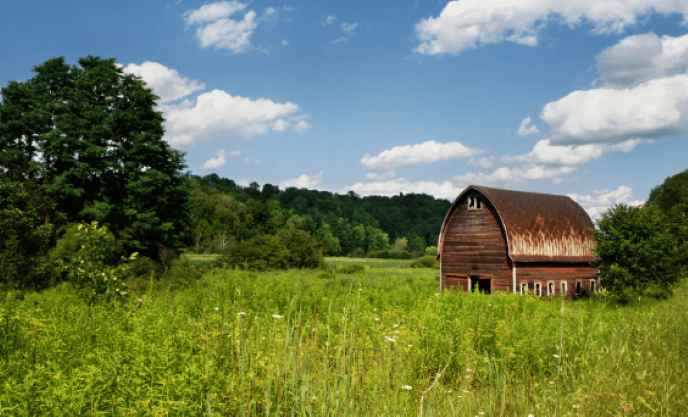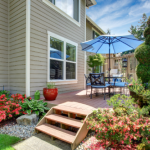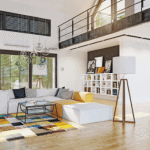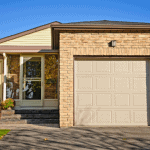
Living in a tiny house is more than just a trend—it’s a lifestyle choice that many find incredibly rewarding. But how do you transition from the spacious homes most of us are used to, to a dwelling that’s just a fraction of that size? The key lies in smart design. If you’re considering the move to a more minimalist lifestyle, or you’re just curious about the tiny house movement, here’s your step-by-step guide to designing the perfect tiny home.
Determine Your Must-Haves
- Needs vs. Wants: Start by listing everything you want in your house, then prioritize. Do you need a full kitchen, or can you make do with a simpler kitchenette? Can your dining area also serve as a workspace?
- Space Optimization: Every square foot counts in a tiny house. Consider multi-functional furniture and built-ins that can serve more than one purpose.
Choose Your Foundation
- Wheels or No Wheels: Do you envision a life on the move or are you planting roots? Houses on wheels offer mobility, while stationary ones may afford a bit more space and a more traditional feel.
- Size and Restrictions: Check local regulations. Some areas have strict rules about the size and placement of tiny houses, especially if they’re on wheels.
Design for Flow and Functionality
- Open Floor Plan: Embrace an open concept. It makes a small space feel larger and offers flexibility in layout.
- Height vs. Width: Think vertically. Lofts are popular in tiny homes because they make use of upward space.
Maximize Storage
- Built-ins: Think about built-in storage solutions. Benches, beds, and couches can all hide storage beneath.
- Go Vertical: Use the walls. Shelving, magnetic strips, and pegboards can keep items organized and accessible.

Select the Right Materials
- Weight Concerns: If you’re building on wheels, the weight of your materials is crucial. Lighter is often better.
- Insulation: Even if you’re going for a minimalist lifestyle, you’ll want to be warm. Invest in good insulation.
- Durability: Opt for materials that can withstand the test of time, considering the compact nature of the space and frequency of usage.
Personalize Your Space
Your tiny house doesn’t have to feel cramped or impersonal. It’s your home, so make it feel that way!
- Color Scheme: Light colors often make spaces feel larger, but don’t be afraid to add a splash of your favorite hue.
- Décor: Choose pieces that have meaning, but remember to keep it simple. Less is often more in a tiny house.
- Natural Light: Ample windows can make your tiny home feel open and airy. Consider skylights or larger windows to let in as much light as possible.
Prioritize Safety
Even in a tiny home, safety should never be an afterthought.
- Structural Integrity: If you’re using a trailer as your base, ensure it can bear the load of your finished house. For stationary houses, make sure the foundation is sturdy.
- Ventilation: Small spaces can become stuffy or trap harmful fumes from cooking or heating. Ensure good airflow with well-placed windows and ventilation systems.
- Emergency Exits: Always have a clear path to the door. If you have a lofted sleeping space, consider adding a second egress point in case of emergencies.
Consider Eco-Friendly Options
One of the draws of the tiny house movement is sustainability. Here’s how you can make your tiny home even greener.
- Solar Panels: With a smaller space, you need less power. Solar panels can often meet all your electricity needs.
- Rainwater Harvesting: Collecting rainwater can cover many of your water needs, from gardening to some indoor use.
- Composting Toilets: They save water and reduce waste, making them a green choice for any home.

Think About Outdoor Space
Extend your living area by incorporating the outdoors.
- Deck or Patio: This can act as an extra room during good weather, giving you space to dine, read, or relax.
- Landscaping: Plant a garden or create a green space. It’s not only pleasing to the eye but can also provide fresh produce.
Conclusion
Designing a tiny house is both an exciting and challenging endeavor. It requires careful planning, a keen sense of what’s truly necessary, and a touch of creativity. But the reward is a home that’s uniquely yours—efficient, cozy, and filled with everything you love, and nothing you don’t. Whether you’re embracing the tiny house movement for environmental reasons, financial benefits, or simply a change of lifestyle, the steps above will guide you towards crafting a space that feels just right. Embrace the journey, and soon enough, you’ll find that ‘tiny’ can indeed feel like ‘plenty’.






